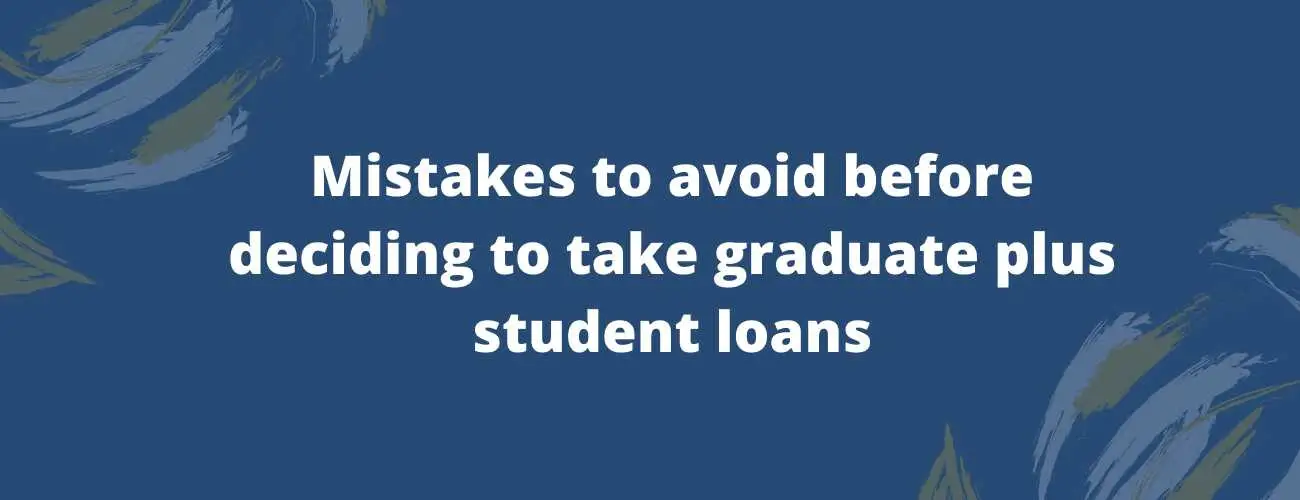How To Prove Undue Hardship for Student Loans
In case you face financial hardships during repayment, this article has an in-depth study how to prove undue hardship for student loans. Explore 3 main elements of an undue hardship petition.
Updated by Kirtika Acharya on 1st October 2020
To become eligible for student loan discharge through bankruptcy, you will have to prove you would face undue hardship by repaying your loans. The definition of “undue hardship” can vary from people to people and their situations, so a bankruptcy court might evaluate your case using the Brunner Test. Filing for either Chapter 7 or Chapter 13 bankruptcy can help you declare and prove undue hardship for student loans. Not all courts use it, but preparing for the Brunner Test ensures you’re ready if it’s used in court.
Brunner Test
The Brunner test is to examine if your student loans are eligible for discharge due to bankruptcy. But be mindful as this test can be extremely challenging.
-
Would you be able to maintain a minimal standard of living if you had to repay the loan?
-
Have you made genuine efforts to make repayments before filing bankruptcy?
-
If your financial difficulties are temporary or expected to last several years?
The court will also check whether you are honestly not able to repay the student loan or do it, intentionally creating hardship for yourself through poor financial decision-making.
Filing for bankruptcy has its drawbacks as well, so it's better to think twice before you decide to declare for it. Before you prove your undue hardship you will have to declare for it.
Table of contents
- Three elements of undue hardship petition
- How to prove and declare undue hardship
- Undue hardship for student loans
- Results of proving undue hardship
- Drawbacks of bankruptcy
Three elements of undue hardship petition
The discharge of student loan debt used to be an easy process but recently U.S. bankruptcy has made this difficult. This difficulty can cause numerous financial problems for post-graduates who are in debt of student loans while also trying to manage other bills and other expenses. However, despite this, people with student loans are not without options.
There are certain factors of an undue hardship that will be estimated when your petition is considered. To have a successful petition, a person will need to prove.
-
Proved prolonged hardship
-
Not being able to adhere to basic standards of living
-
Genuine efforts in paying off loans/debts
If a person can prove all three of these critical aspects of an undue hardship petition, they might be able to discharge some of their student loan debt. This can be critical for people dealing with student loan debt.
Undue hardship is hard to get until and unless the circumstances are genuine. When you are appealing to undue hardship, think a lot about it because it is complicated and costly. Due to some reasons, you cannot achieve undue hardship. It will lead you to more debt.
During the application for a student loan discharge under undue hardship, it is advised to continue making payments towards your loans. If you qualify for undue hardship, you will have several missed payments that will affect your credit history and thereby affect your credibility as a borrower.
How to prove and declare undue hardship
There is no cookie-cutter method of providing the stress and hardship caused by your student loans. Unfortunately, the Brunner Test is performed in only a few courts. We can prove the undue hardship using the three below-mentioned points of the Brunner Test.
Proving undue hardship
-
Gather the proof around the three points, as you’ll need to file a separate petition during the bankruptcy proceeding specifically for student loans
-
If you believe you cannot maintain a minimum standard of living, you will have to prove it
-
Bank statements, paychecks, and other financial proof is an excellent place to start
-
You’ll likely also have to prove your financial crisis is ongoing because bankruptcy is not valid for short-term problems
-
Finally, produce records of communications to the servicer and payments on your student loan from as far as back you can find
-
You will need a lawyer advocating for you
No one said repaying your student loans would be easy but if managed properly can be a huge advantage to you by building up your credit score. With a high credit score, you are indicated as a credible borrower.
Declaring undue hardship
Filing for bankruptcy is complicated. You may need to hire a lawyer specialized in bankruptcy law. Most states require you to complete a credit counseling course and obtain a certificate before you can register.
To qualify the student loan discharge, you must file for either Chapter 7 or Chapter 13 bankruptcy.
You can be eligible for Chapter 7 bankruptcy if you satisfy the below
-
Student loan debt can be eligible for discharge under crucial circumstances
-
Filing and the process of bankruptcy can take a long time. (a couple of months)
-
Prove you have minimal income expendable to pay off your debt
You can be eligible for Chapter 13 bankruptcy if you satisfy the below
-
Some ratio of your debt can be covered by your income
-
Some amount you're of debt will be repaid to you
-
Student loan debt will not be discharged but some money you owe will be decreased
-
The decision of repayment plan can take up to five years
You can only qualify for student loan discharge if you file a separate action known as an adversary proceeding. It submits your request to the bankruptcy court and shows that repaying your loans would cause you and your family to endure undue hardship.
However, just submitting the action does not guarantee that the court will rule in your favor. Your creditors, including your loan servicers, can challenge your claim. That’s why it’s critical to be well prepared ahead of your hearing.
Undue hardship for federal and private student loans
This is one area where both federal student loans and private student loans operate under the same principles. Debt is a debt, and no matter if you hold private student loans, federal loans, or a combination of two, you can file a petition for undue hardship.
There are fewer chances for federal loans to be discharged but, not private student loans. If you own Stafford loans and PLUS loans you can be eligible for economic hardship deferment for federal student loans and economic hardship forbearance for federal student loans. Where interest rates do not accrue for subsidized Stafford student loans for 3 years (loans suspended years) and interest accrue for other unsubsidized Stafford loans and other student loans.
Similarly, for economic hardship forbearance for federal student loans, the interest rates accrue but the loan suspension duration is increased to 5 years.
With federal student loans, they are many ways to get rid of the student loans if you cannot meet the minimum payments, including payment deferment, cancellation (in some circumstances), and income-driven repayment plans.
Private student loans don’t have such putting off. If you feel is just too much, it may be possible that your only opportunity to get the private student loan canceled is by filing for bankruptcy.
What happens after proving an undue hardship
It’s sporadic that the court will agree to eliminate your student loan debt. In most cases, the court will direct you to repay your loans with the help of other federal programs, such as an income-driven repayment plan. But eliminating your loans is not impossible. If you’re over the age of 50, have a disability, or facing significant financial issues, you might be more likely to qualify.
Some lawmakers are trying to prove undue hardship a little easier during filing for bankruptcy. The proposed bill, backed mainly by Democrats, would allow those with student loans to file for bankruptcy to wipe out their current student loan debt entirely.
The three possible outcomes for proving undue hardship are as below:
-
Your loans can be fully discharged, and you will no longer have to be responsible for the debt.
-
Only a portion of your loans might be eliminated, and you’ll have to pay back the rest.
-
You are responsible for the full amount but a lower interest rate.
The court will provide the information on how to proceed and what the new terms will be.
Another option is that the court eliminates all your debt except for student loans in bankruptcy. In that circumstance, you’re responsible for the entire loan balance. And you must contact your loan servicer to discuss an alternative payment plan or temporary forbearance to help you.
Don't let the burden of debt hamper your dreams of college education, learn more about the Best student loans
Drawbacks of bankruptcy
While you might be able to get your loans discharged if you can prove undue hardship, filing for bankruptcy is a significant decision with long-lasting consequences.
-
First, filing for bankruptcy is expensive. The average cost to file for chapter 7 bankruptcy is $335 across all the states, and hiring a lawyer can costly.
-
Beyond the cost, there are substantial drawbacks to bankruptcy. One of the biggest is its impact on your credit score.
-
Bankruptcy remains on your credit report for seven to 10 years; depending on the type of bankruptcy you file for, you could lose your property or assets.
-
If you need a line of credit after having your debt discharged, you might have trouble finding a company to approve you. Or, if you do find a lender, your interest rates could be high.
-
Your poor credit can impact on you in other ways, too. It can hurt your chances of a landlord approving you to lease an apartment, for instance.
Lastly, success using the undue hardship clause is rare
Getting your student loan debt wiped clean is not easy. As mentioned, it’s next to impossible. If you have failed to get your student loans discharged using undue hardships, there are few other options on the table, some of which are much easier to get.
First, try calling your lender, and speaking with them directly about your issues. They may help you with the loan terms for a lower monthly payment. Federal student loan borrowers may further qualify for income-driven repayment plans, which will reduce the repayment. In some instances, this sums up being zero money for a month.
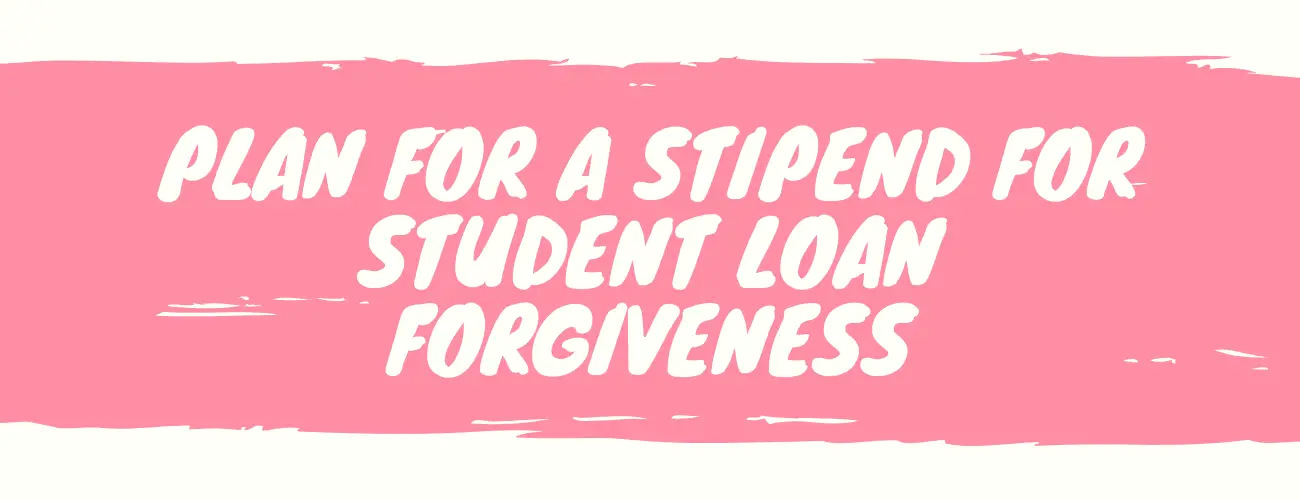
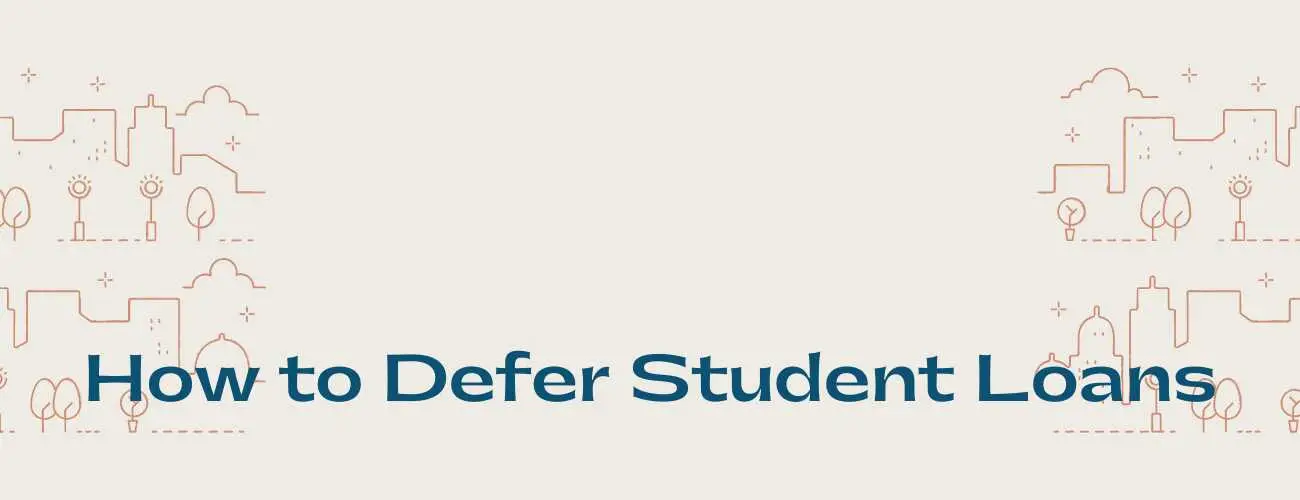
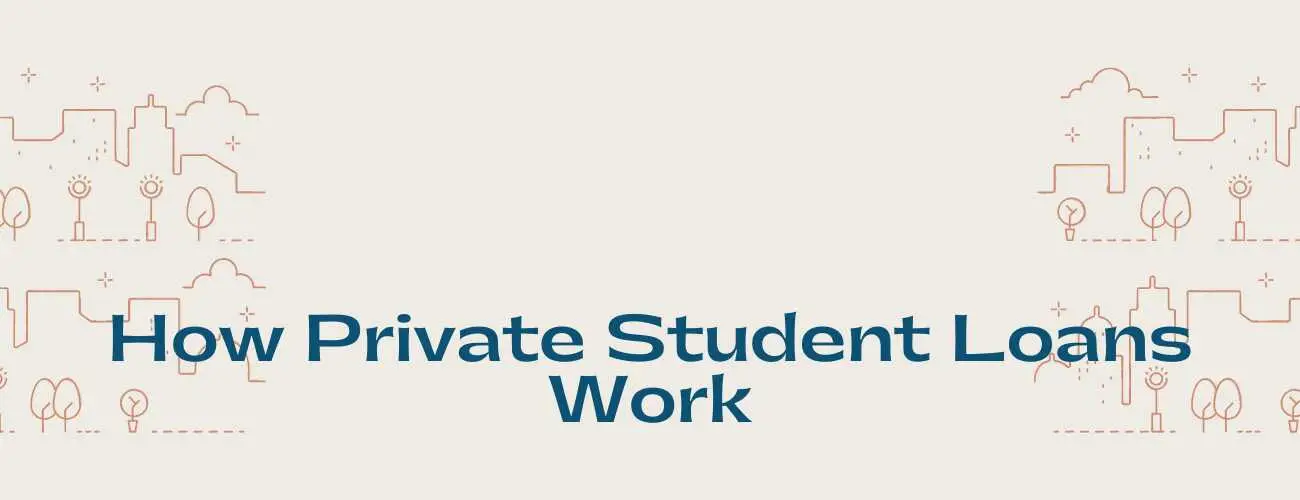
93.jpg)
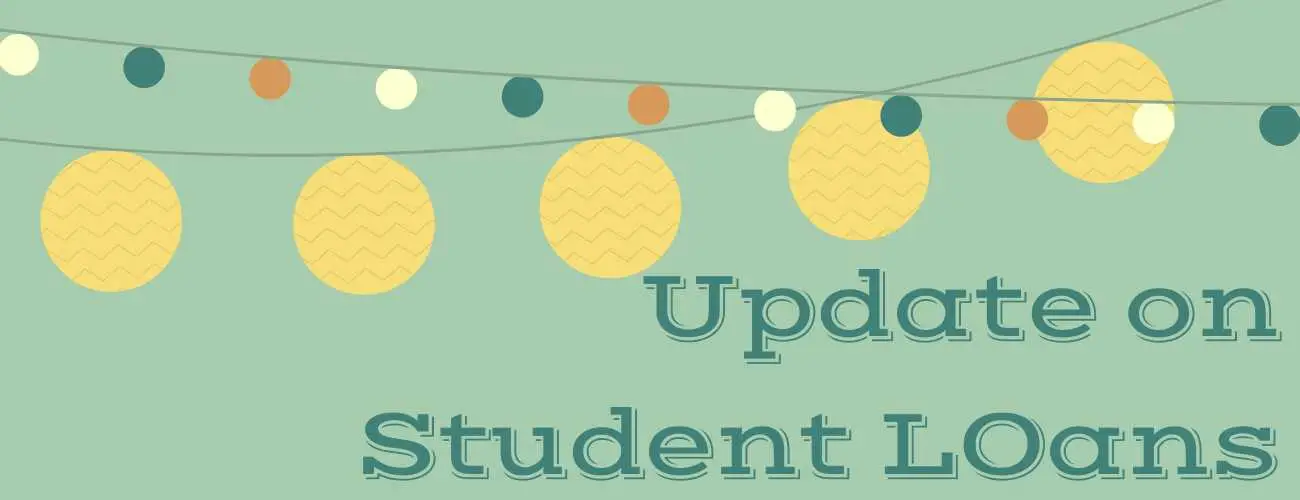

28.jpg)
